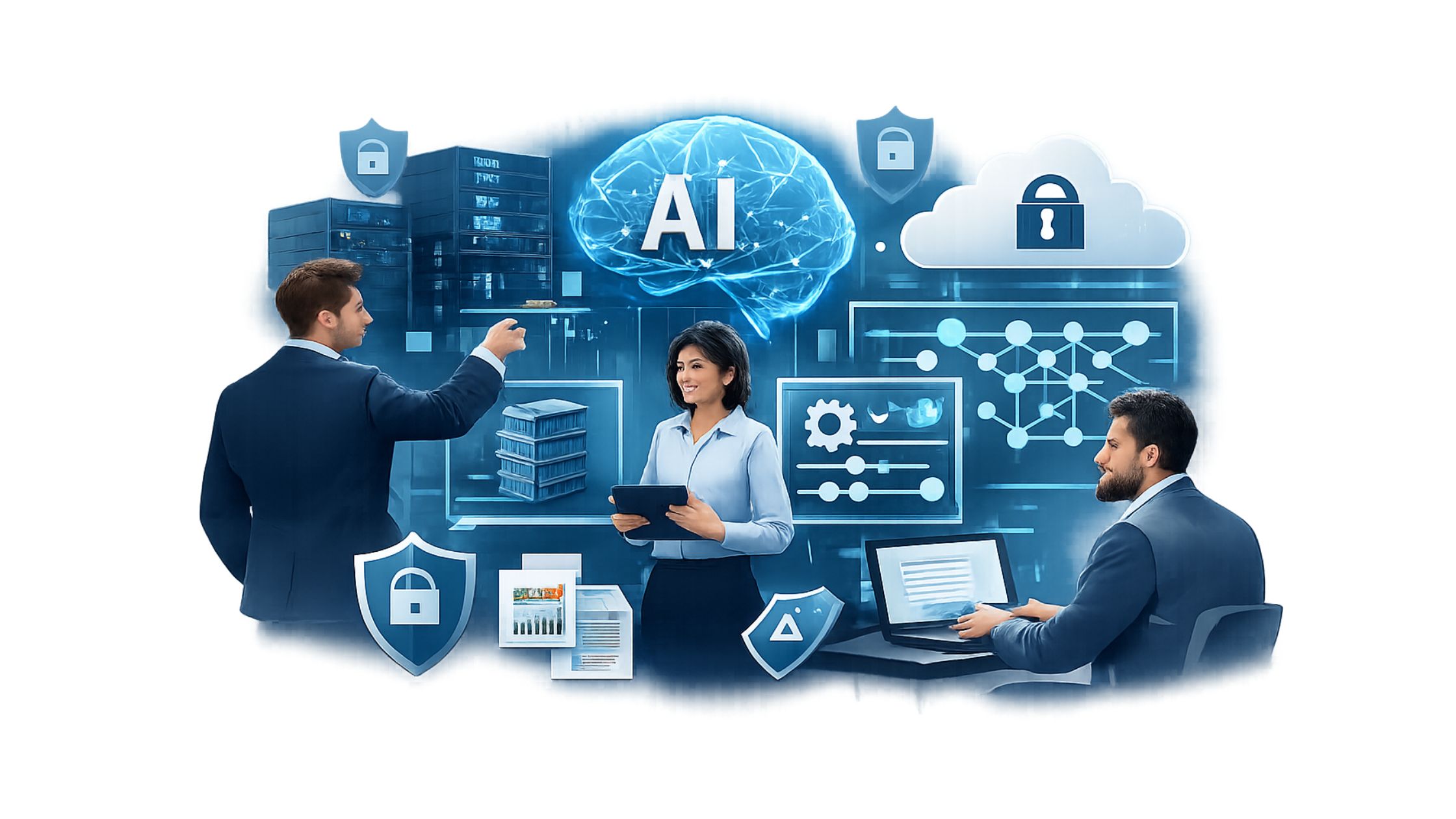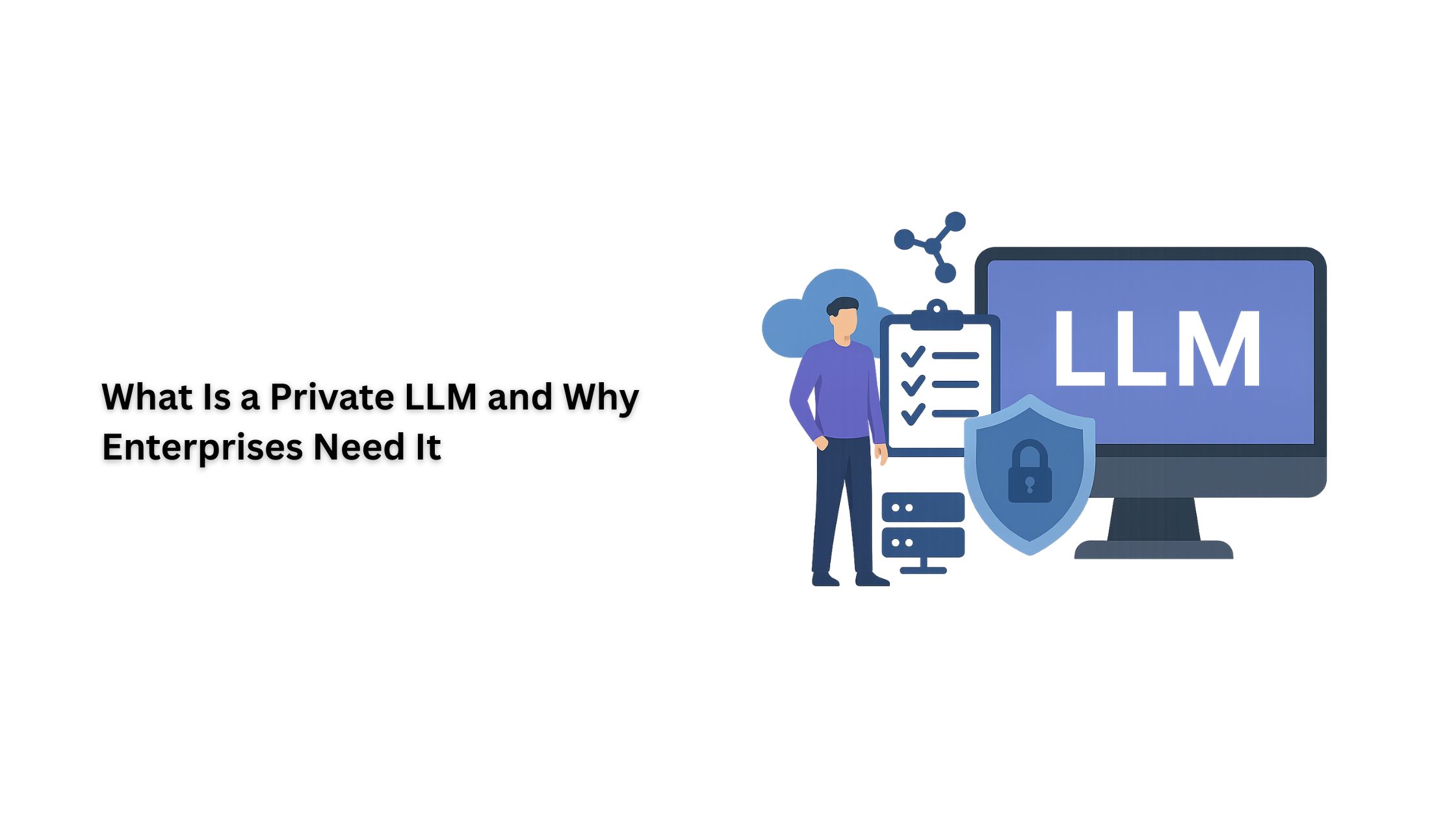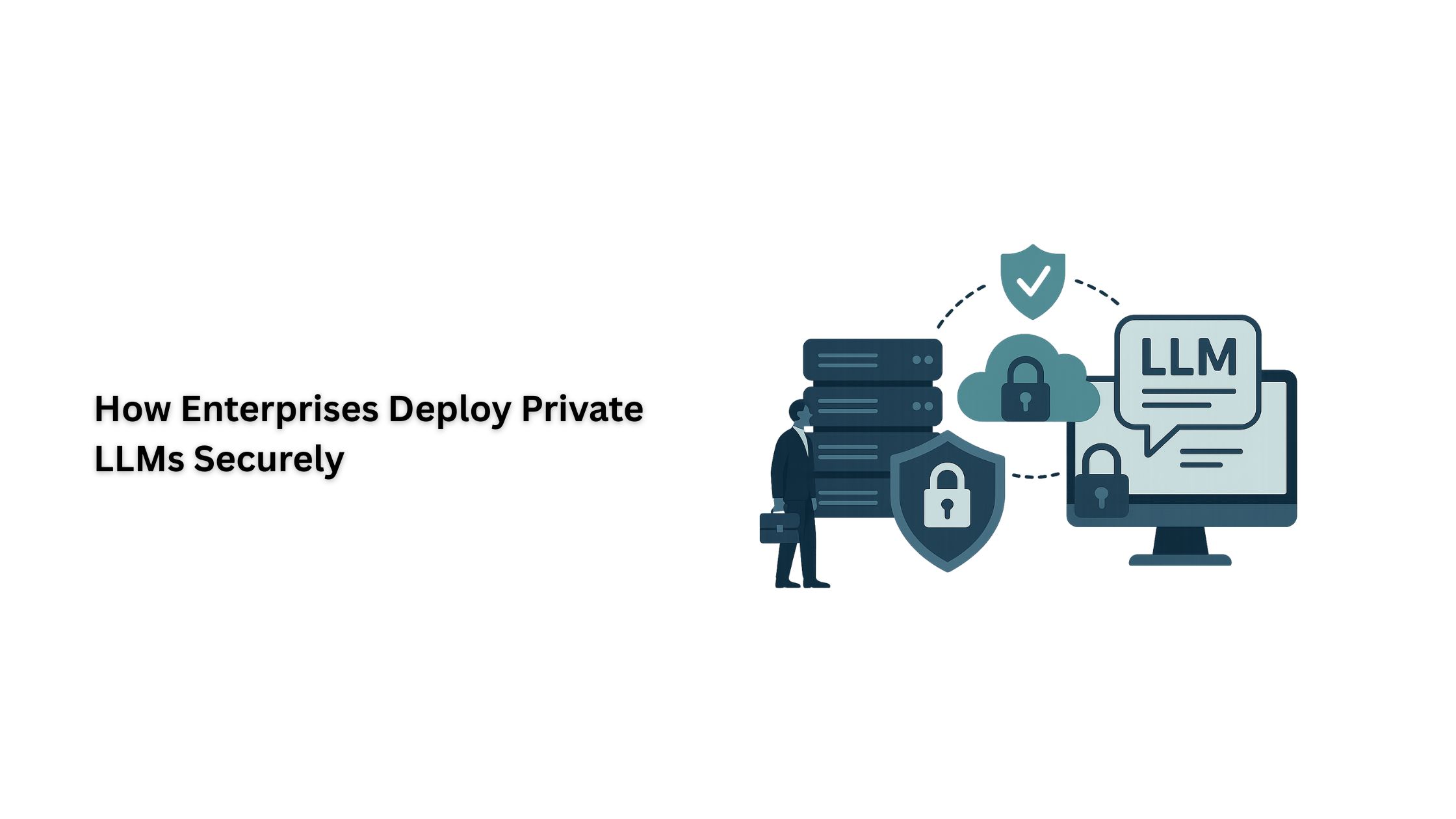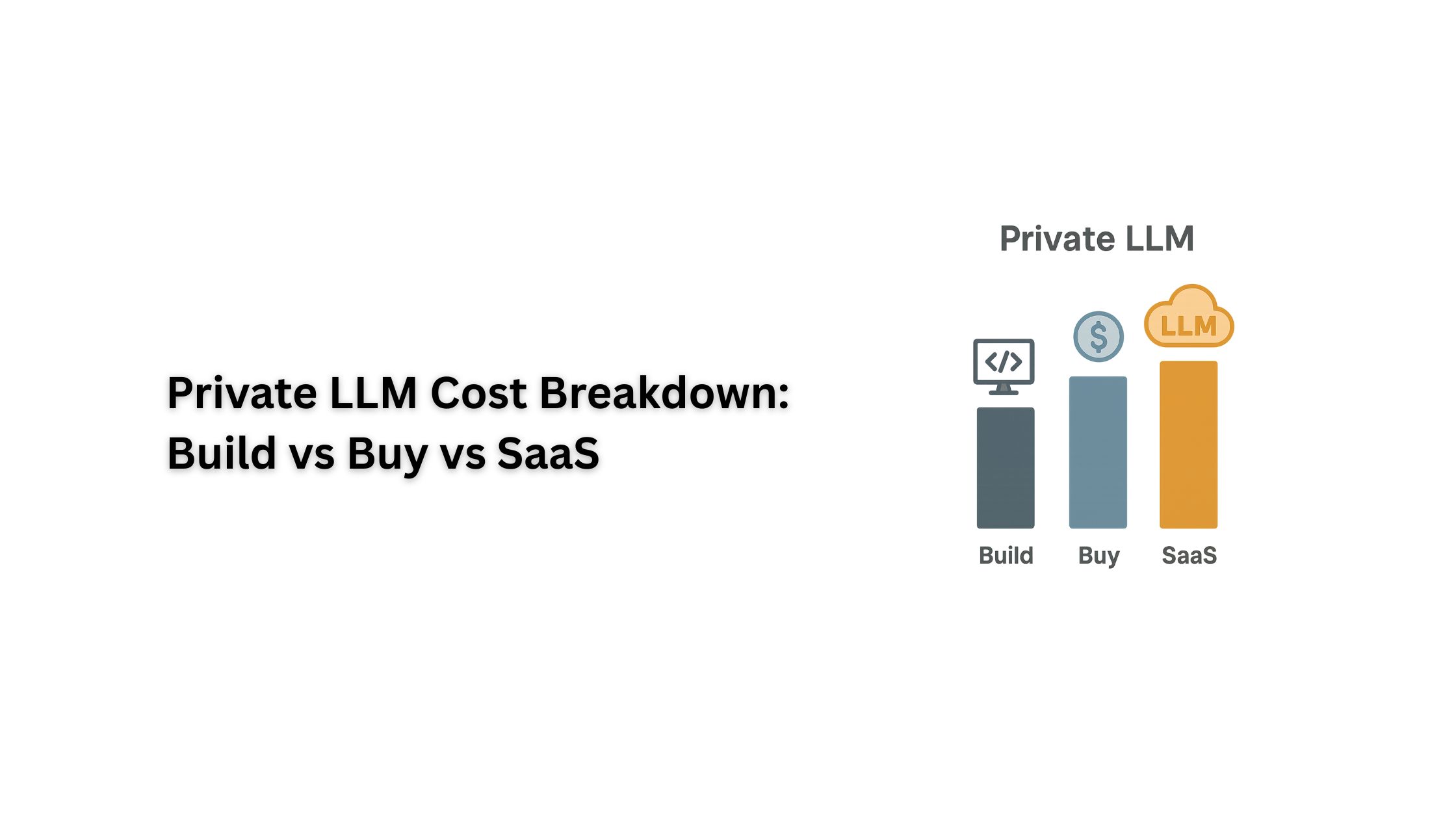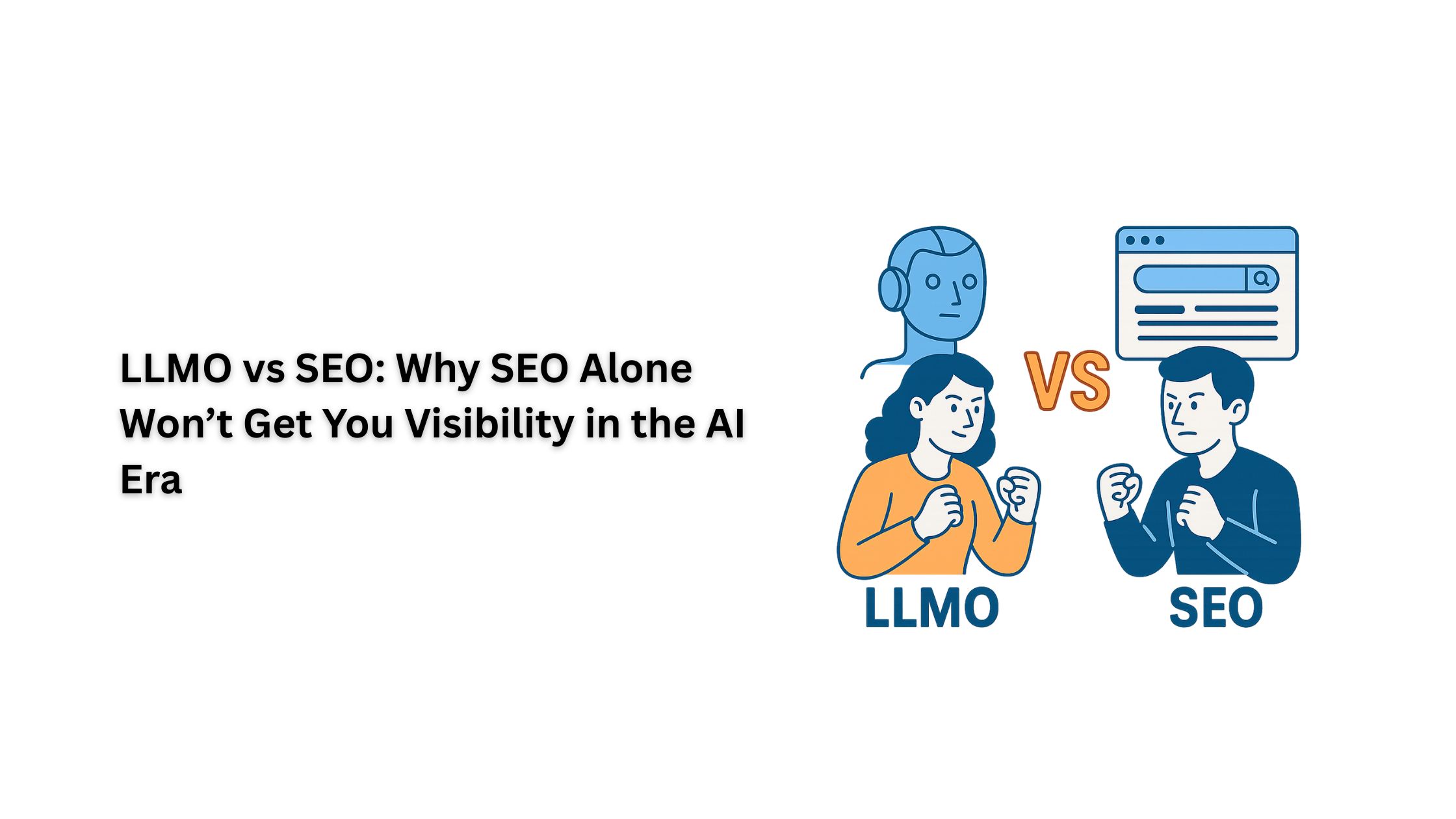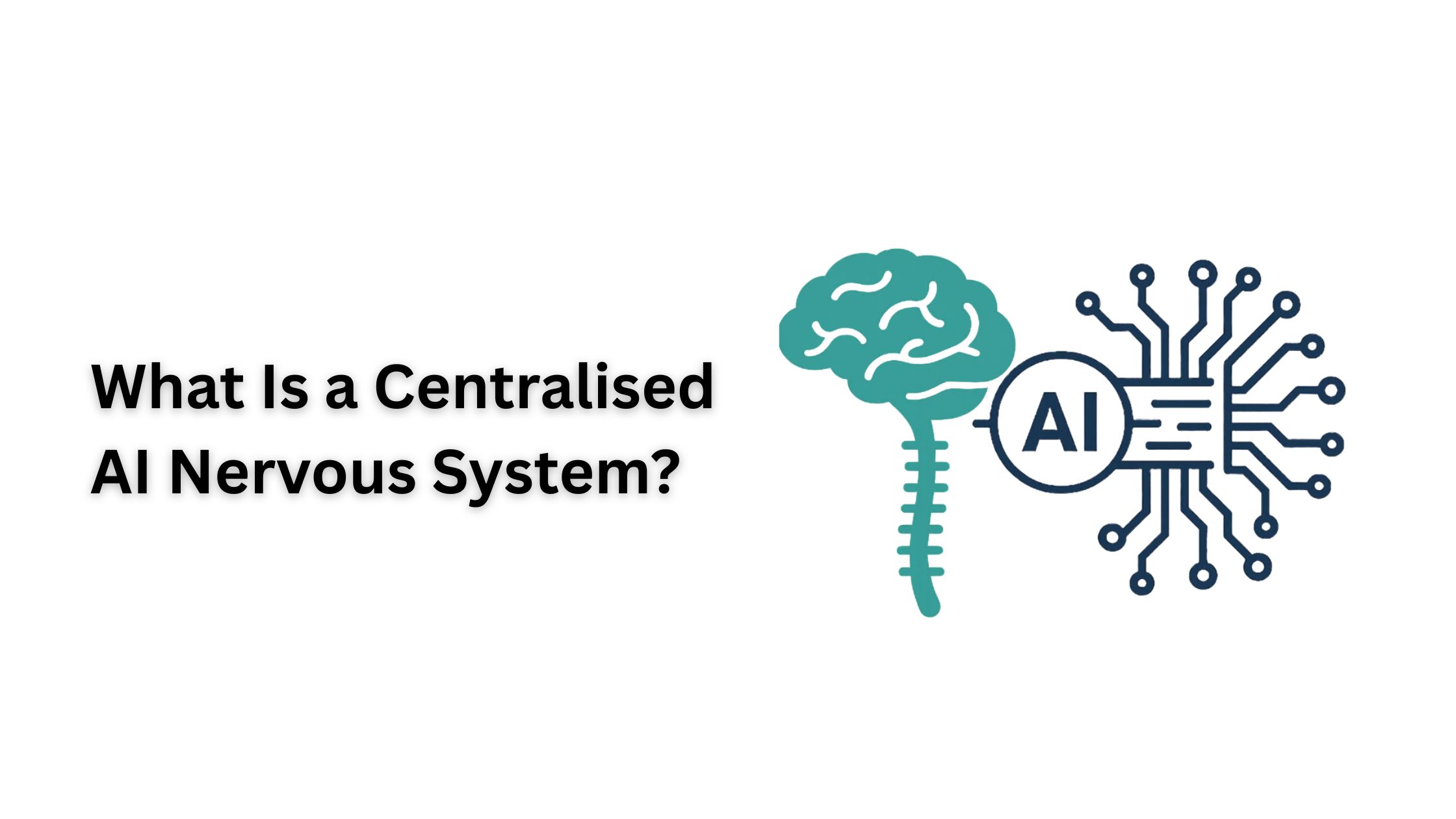Learn how custom LLM development services help enterprises build secure, scalable, and domain-specific AI with full data control and compliance.
Large language models are becoming an important part of how modern businesses operate. Companies now use them for customer support, internal knowledge access, reporting, and decision-making. As this adoption grows, businesses are also becoming more cautious about how their data is processed and protected. This makes choosing the right private LLM provider a critical decision …
Generative AI is rapidly reshaping how modern companies operate, but it’s also exposing serious vulnerabilities for enterprises that rely on public AI platforms. Today, organizations need more than just powerful AI; they need secure, compliant, and fully controlled systems. It’s no surprise that over 27% of organizations have already restricted the use of public GenAI …
Businesses are rushing to incorporate AI into processes, but the more they investigate generative models, the more it becomes evident that control, governance, and security are just as important as model accuracy. Sensitive data cannot be handled by public APIs; government agencies, manufacturing, healthcare, insurance, and finance all need greater control over data, model behaviour, …
Artificial intelligence is no longer a futuristic idea but a priority for every company. Furthermore, as per the Marketsandmarkets recent report, the artificial intelligence market is growing at an astonishing pace, and is expected to hit USD 2,407 billion by the end of 2032. By looking at the stats, it’s not wrong to say that …
The way individuals find information online is evolving more quickly than ever. For years, SEO was sufficient to help brands gain attention. Today, however, AI tools such as ChatGPT, Perplexity, Bard, Gemini, and Claude are emerging as the new “search engines.” These AI models do not display a list of links; instead, they provide a …
Public LLMs helped enterprises understand what generative AI can do. They boosted productivity and made complex tasks easier. But they also exposed a critical flaw. These models sit outside the enterprise boundary. They run on shared infrastructure and retain data unless configured otherwise. Over 27% of organizations restricted the use of public GenAI tools because …
Enterprises today are overflowing with data. But it’s fragmented. Customer support has audio. Operations has video. Marketing has text. IoT has sensors. You have built great systems, but they do not interact with each other. Multimodal AI breaks those walls. It makes data cooperative. When different data types start speaking to one another, new intelligence …
When a retail chain predicts store demand before stock runs out, or a hospital’s digital assistant alerts doctors to potential patient risks in real time, it’s not just AI at work. But it’s AI working together. Yet most enterprises still run AI tools in silos, like chatbots, analytics, recommendation engines, each powerful but disconnected. Decisions …
In 2024, JPMorgan Chase developed an internal generative AI platform called DocLLM to summarise legal documents securely within its private infrastructure. The reason was clear: traditional cloud-hosted models risked exposing confidential client data. Instead of deploying massive, general-purpose models, the bank built smaller, fine-tuned ones tailored for compliance and cost efficiency. This example highlights a …

